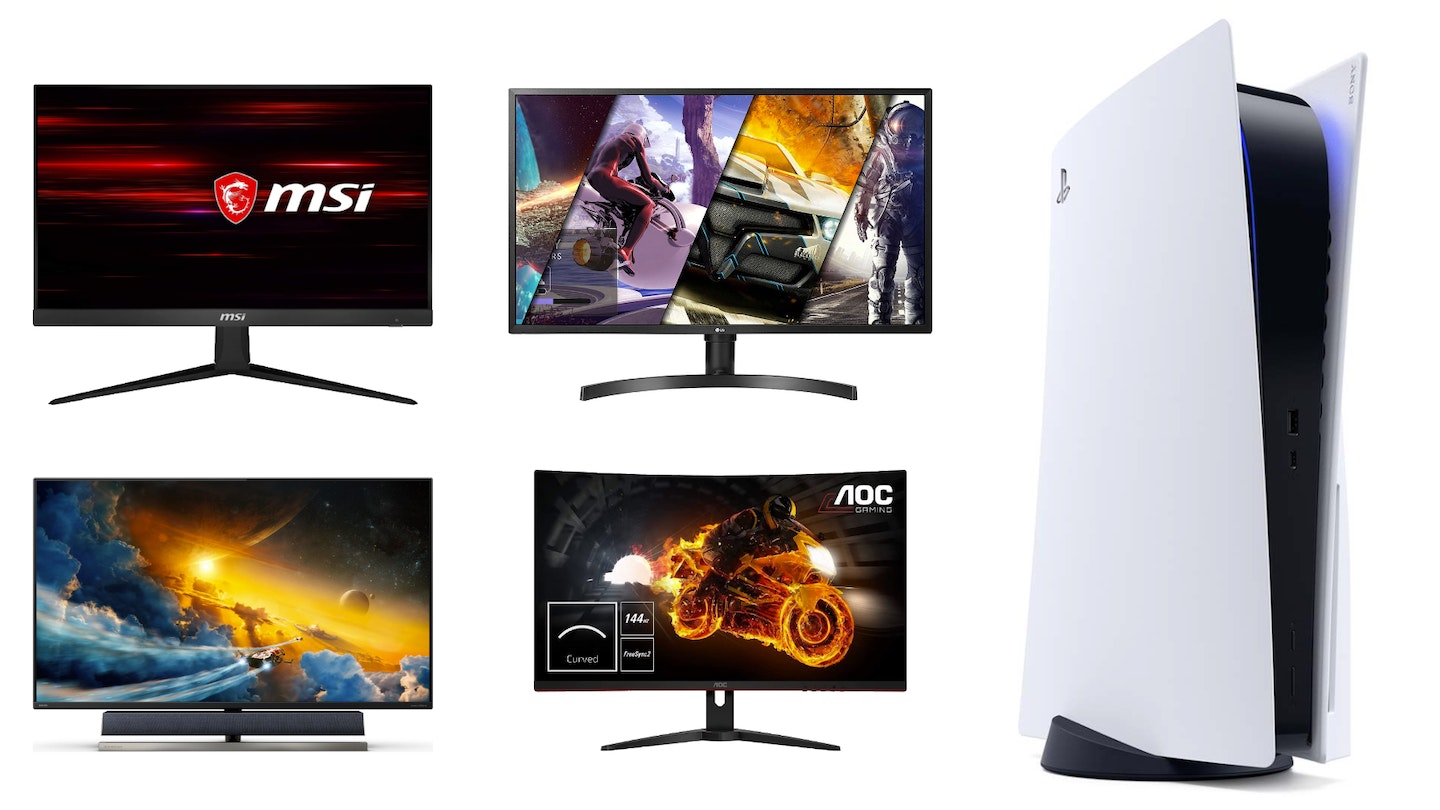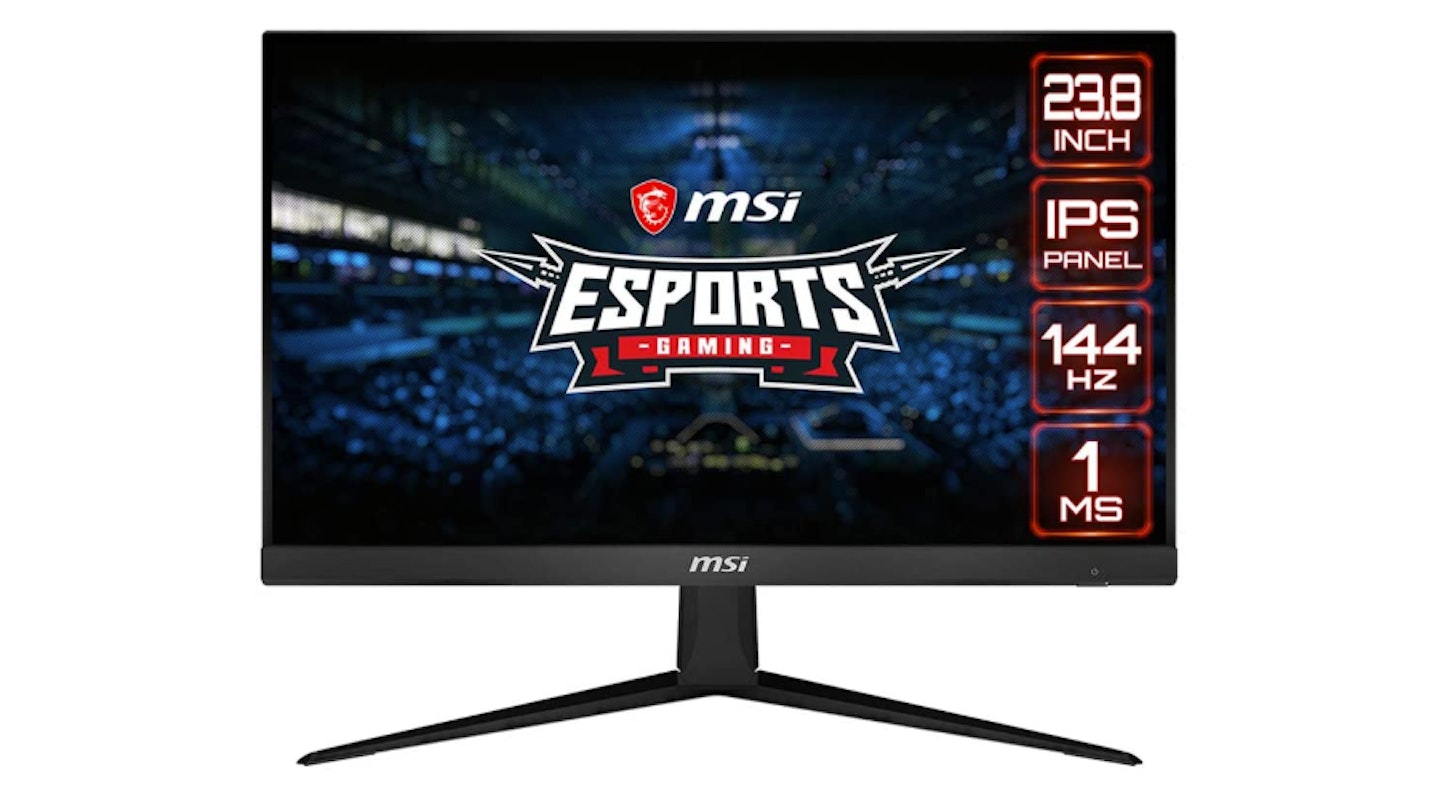The PlayStation 5 is a performance powerhouse, with a custom SSD, 8-core processor, 16GB DDR6 RAM and 10.3 teraflops of GPU grunt. In addition to delivering rapid loading times and promising great things for the future of gaming, the PS5 can push out high-performance visuals that can reach 120Hz on 1080p and 60Hz on 4K UHD.
More than with any previous generational launch, the PS5 has left PlayStation enthusiasts needing to grapple with increasingly tech-heavy terminology while hunting for the best screen for their new console. Historically the preserve of PC gamers, screen refresh rates, response times and HDMI interfaces are now front and centre of any PS5 owner's mind. Even a quick glimpse at the best smart TVs lets you know that the features needed to get the most out of a PS5 are almost exclusive to the higher-priced models. Thankfully, gaming monitors exist.
Unlike many TVs, gaming monitors are designed from the ground up for video games. All that they carry is directed at bringing the finest gaming experience possible, free from the trappings of TV OS software, voice assistants, terrestrial decoders, WiFi packs and similar televisual tech. They are all that a gamer needs, and nothing more - everything is working to optimise the gaming experience.
Of course, the best monitors for PS5 aren’t just great for Sony’s monochromatic monolith. The best PS5 monitors are going to prove versatile for PC gamers, and even those lucky enough to have a desk full of multi-platform glory with the likes of the Xbox Series X|S and Nintendo Switch.
The best monitors for PS5:
• Philips 288E2A - 28 Inch 4K Monitor - 4K/60fps on a budget
• ASUS VP28UQG - 4K/60fps with mass-appeal
• Acer Predator XB3 - Glistening 4K at 120fps
• Samsung U32J590 - Big screen 4K on a budget
• Philips 558M1RYV - The ultimate PS5 monitor
• ViewSonic VX3276-4K-MHD - Big and beautiful 4K
• MSI Optix G241 - Affordable 144Hz
• AOC Q27G2U - 1440p for a versatility
• ViewSonic VX2718-P-MHD - 120fps on a budget
• AOC Gaming C27G2ZE - 120Hz on a curved panel
• AOC C32G2SE - The perfect gaming curve
A quick note: You may have noticed that no 8K UHD monitors are on this list. While there are a few models out there, we don’t think it’s yet worth dropping £4,000 on a 32-inch monitor to play a £450 console. We’re hopeful that we will see more competitive 8K monitors appearing on the marketplace over the next few years.
The best monitors for PS5 in detail:
Best 4K/60Hz on a budget

Description
This highly popular Philips 288E2A 4K monitor is simply perfect for 4K gaming without spending
Size: 28-inches
Resolution: 4K UHD
Panel: IPS
Refresh rate: 60Hz
Response time: 4ms
Sync technology: AMD FreeSync
Connections: HDMI 2.0 x 2, DP 1.4 x 1, 3.5mm audio out
Pros:
Good price
4K/60fps
Reliable
Cons:
Weak speakers
Best 4K/60fps with mass appeal
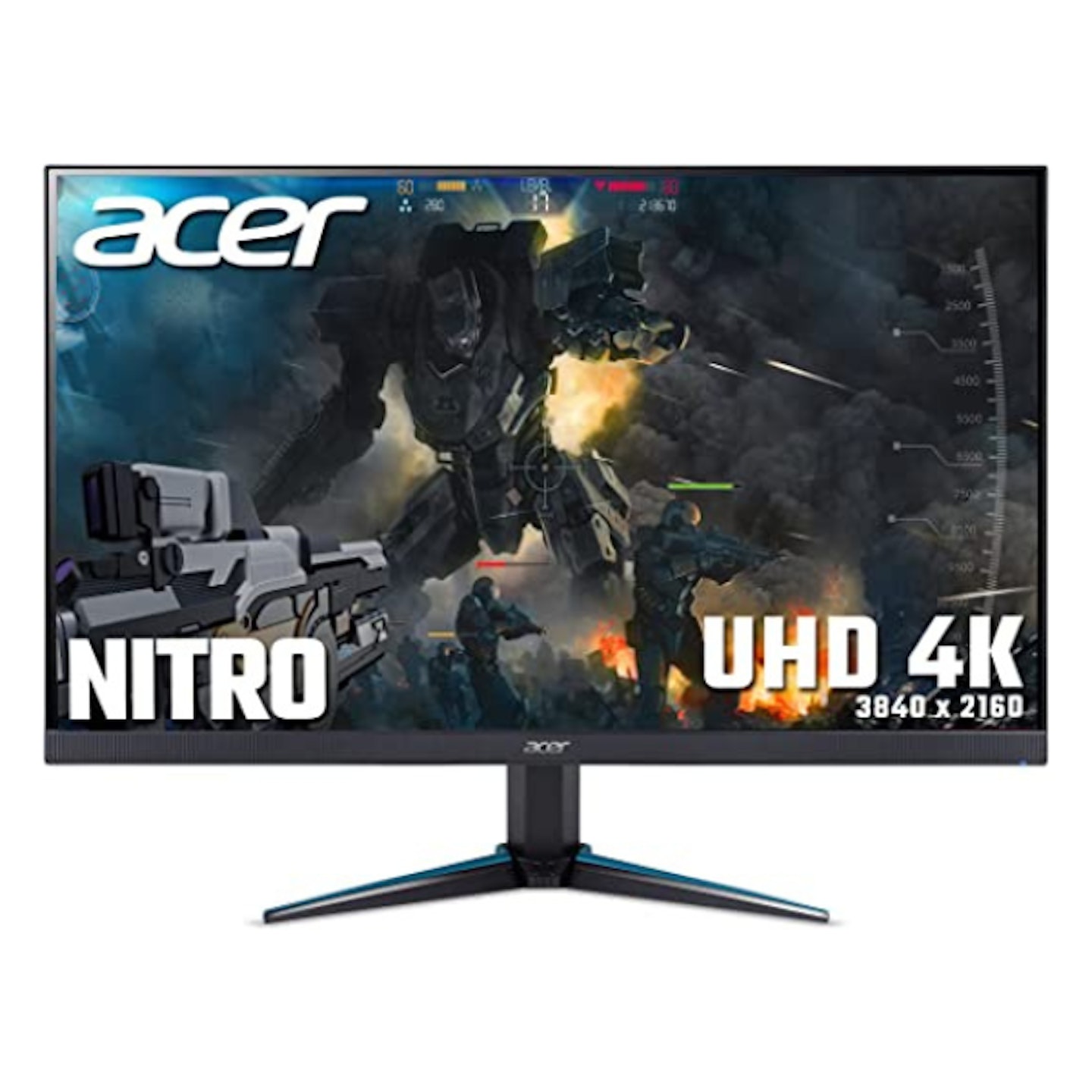
Description
Another stellar option for 4K/60fps gameplay. The Acer Nitro VG280Kbmiipx is a well-priced gaming
Size: 28-inches
Resolution: 4K UHD
Panel: IPS
Refresh rate: 60Hz
Response time: 4ms
Sync technology: FreeSync
Connections: HDMI 2.0 x2, DP 1.2 x1, 3.5mm audio out
Pros:
Affordable
4K/60fps,
Quick performance
Cons:
Weaker refresh rate
Best 4K 120fps gaming monitor
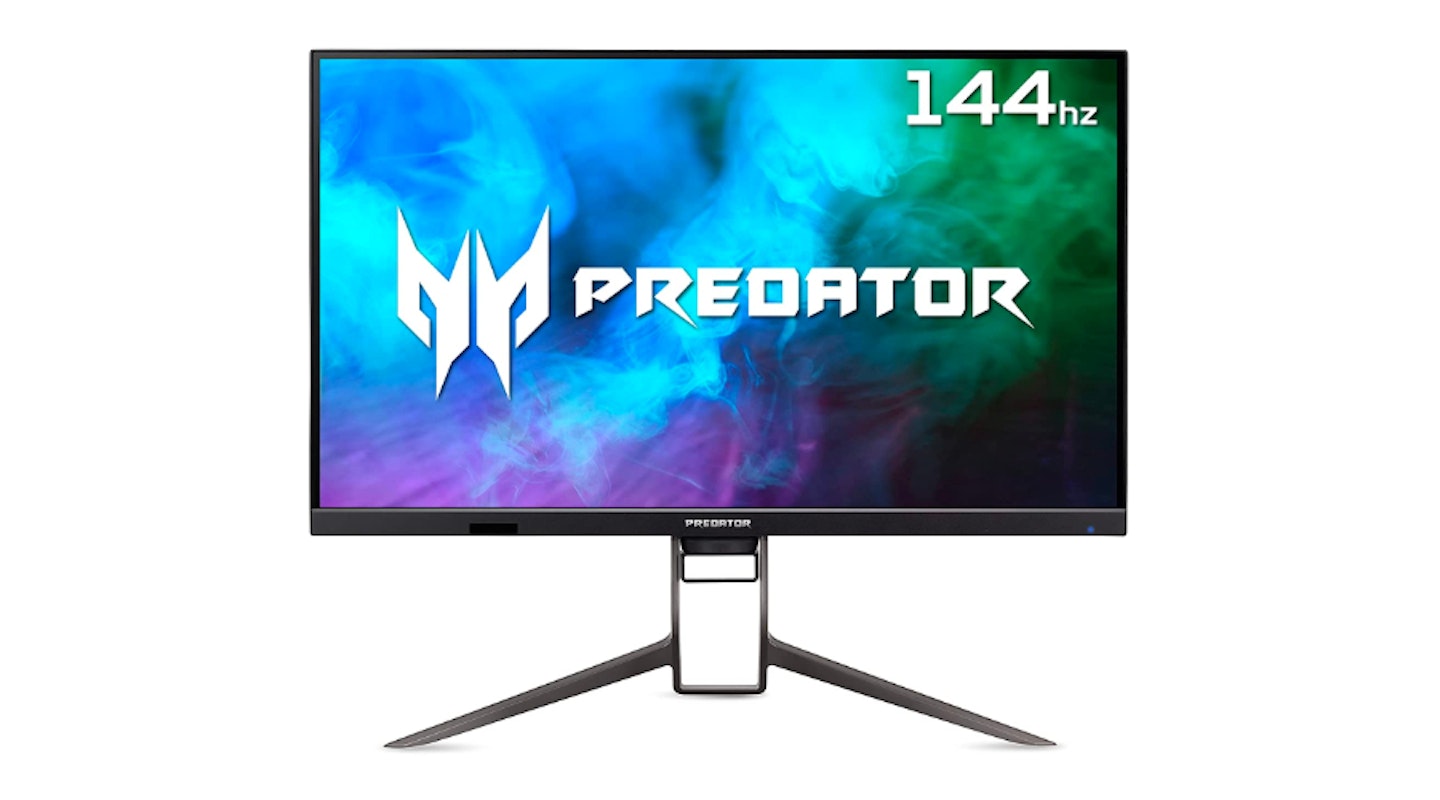
www.currys.co.uk
Description
The PS5 can offer well-equipped players a glistening 4K experience at a silky 120fps. The Acer
Size: 32-inches
Resolution: 4K UHD
Panel: IPS
Refresh rate: 144Hz
Response time: 0.5ms
Sync technology: G-Sync
Connections: HDMI 2.1 x2, DP 1.4 x1, USB-C x1 3.5mm audio out
Pros:
4K at 120fps
Great features
Large screen
Cons:
Expensive
Best big 4K screen on a budget
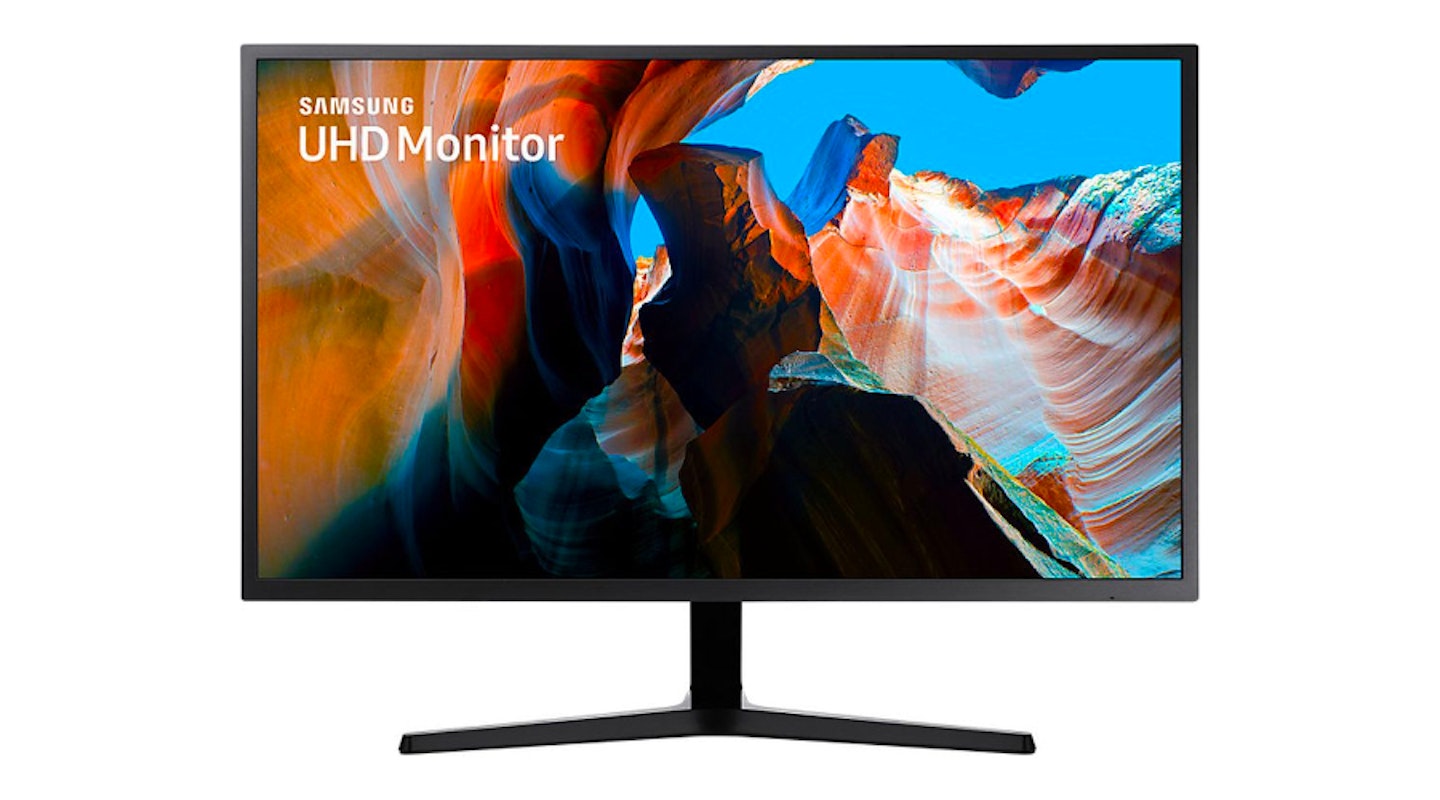
www.currys.co.uk
Description
Understated yet capable, the Samsung U32J590 provides 4K at 60fps on a pleasant, generous 32-inch
Size: 32-inches
Resolution: 4K UHD
Panel: VA
Refresh rate: 60Hz
Response time: 4ms
Sync technology: FreeSync
Connections: HDMI 2.0 x1, HDMI x1, 3.5mm audio out
Pros:
Large screen
4K at 60fps
Brilliant colours
Cons:
Slower response times
Limited connections
Best large 4K gaming monitor
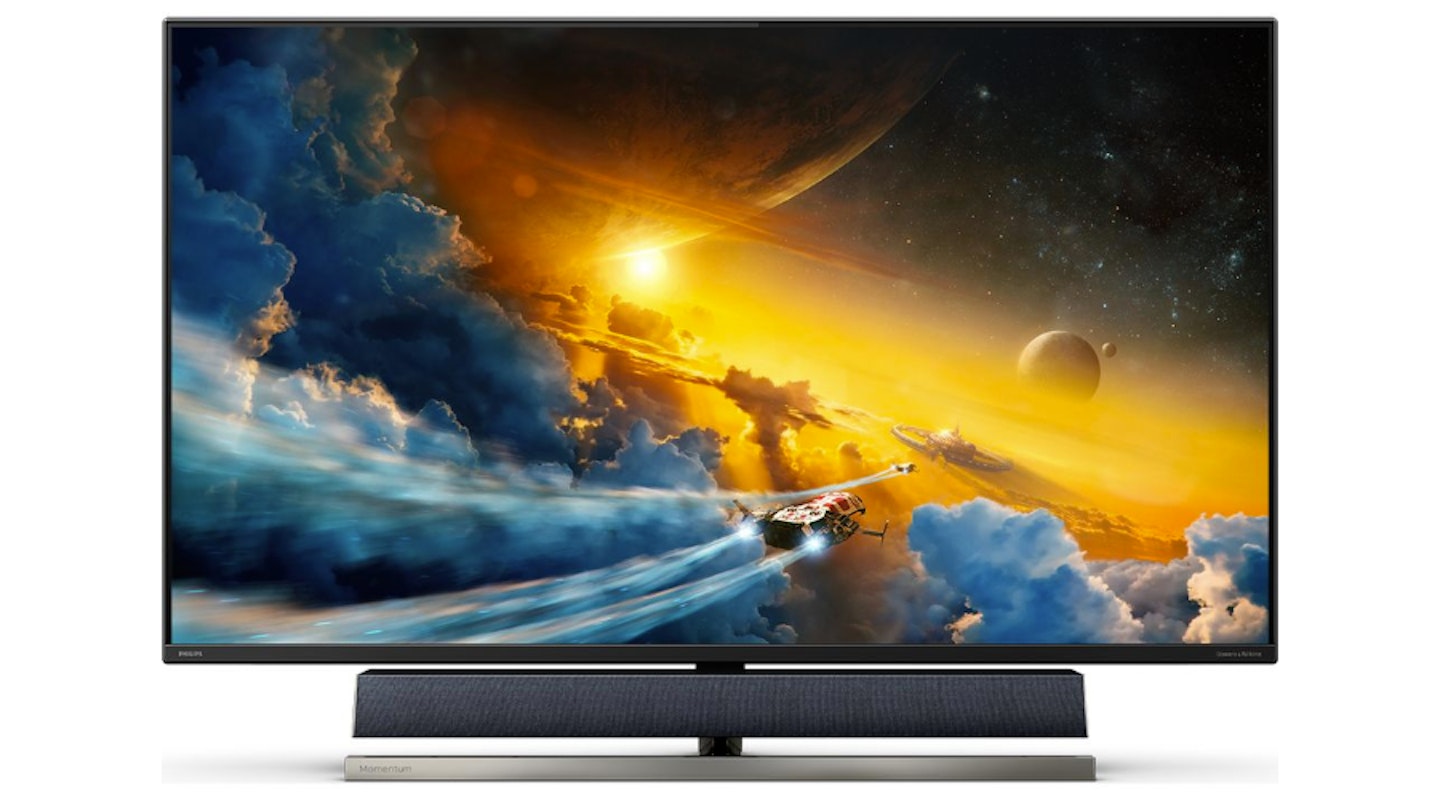
Description
The Philips 559M1RYV is a gaming monitor like no other. Firstly, the 55-inch screen makes it quite
Size: 55-inch LED
Resolution: 4K UHD
Panel: VA
Refresh rate: 144Hz
Response time: 4ms
Sync technology: VESSA Adaptive-Sync
Connections: HDMI 2.1 x 3, DP 1.4 x1, USB Type-C x 1, USB x 1, USB 3.2 x 2, 3.5mm audio out
Other: 10W tweeter x2, 20W woofer x1
Pros:
Huge screen
excellent quality
4K at 120fps
Cons:
Expensive
As big as a TV
Best HDR gaming monitor
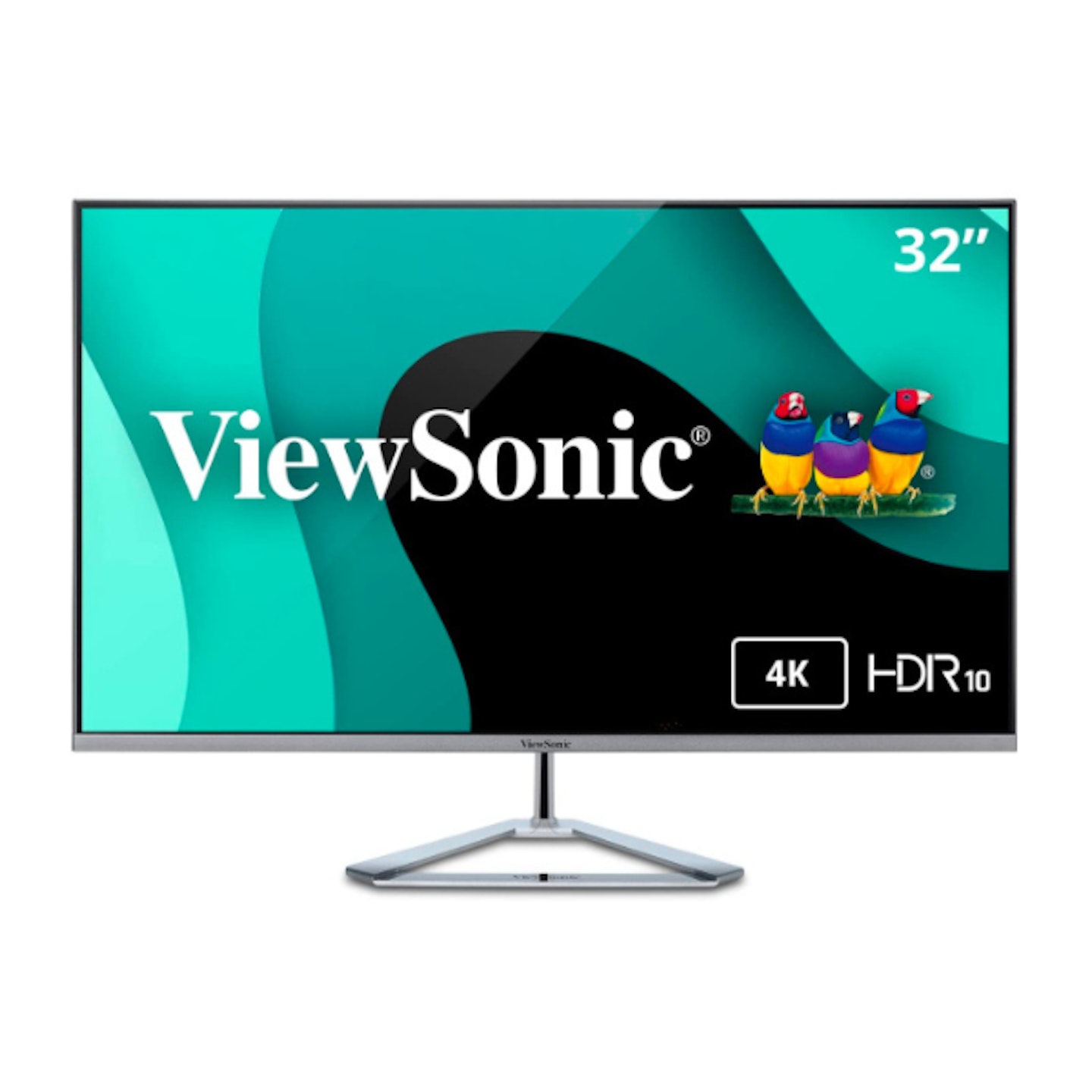
Description
The ViewSonic VX3276 provides 4K gaming on a 32-inch screen at 60Hz with a 4ms response time.
Size: 32-inch LED
Resolution: 4K UHD
Panel: VA
Refresh rate: 60Hz
Response time: 4ms
Sync technology: n\a
Connections: HDMI 2.0 x2, DP 1.2 x1, MiniDisplay Port, 3.5mm audio out
Other: 2W speakers x2
Pros:
Big screen
4K at 60fps
Good colours
Cons:
60Hz only
4ms response time
Bad speakers
Great value 144Hz monitor
Description
Those looking to prioritise the PS5's high refresh rate over resolution all while keeping the
Size: 24-inch LED
Resolution: 1080p
Panel: IPS
Refresh rate: 144Hz
Response Time: 1ms
Sync technology: FreeSync Premium
Connections: HDMI 1.4b x 1, DP 1.2 x 1, 3.5mm audio out
Pros:
Fast refresh rate
Affordable
Cons:
Smaller screen
Weaker 1080p resolution
Best for 155Hz versatile set-up
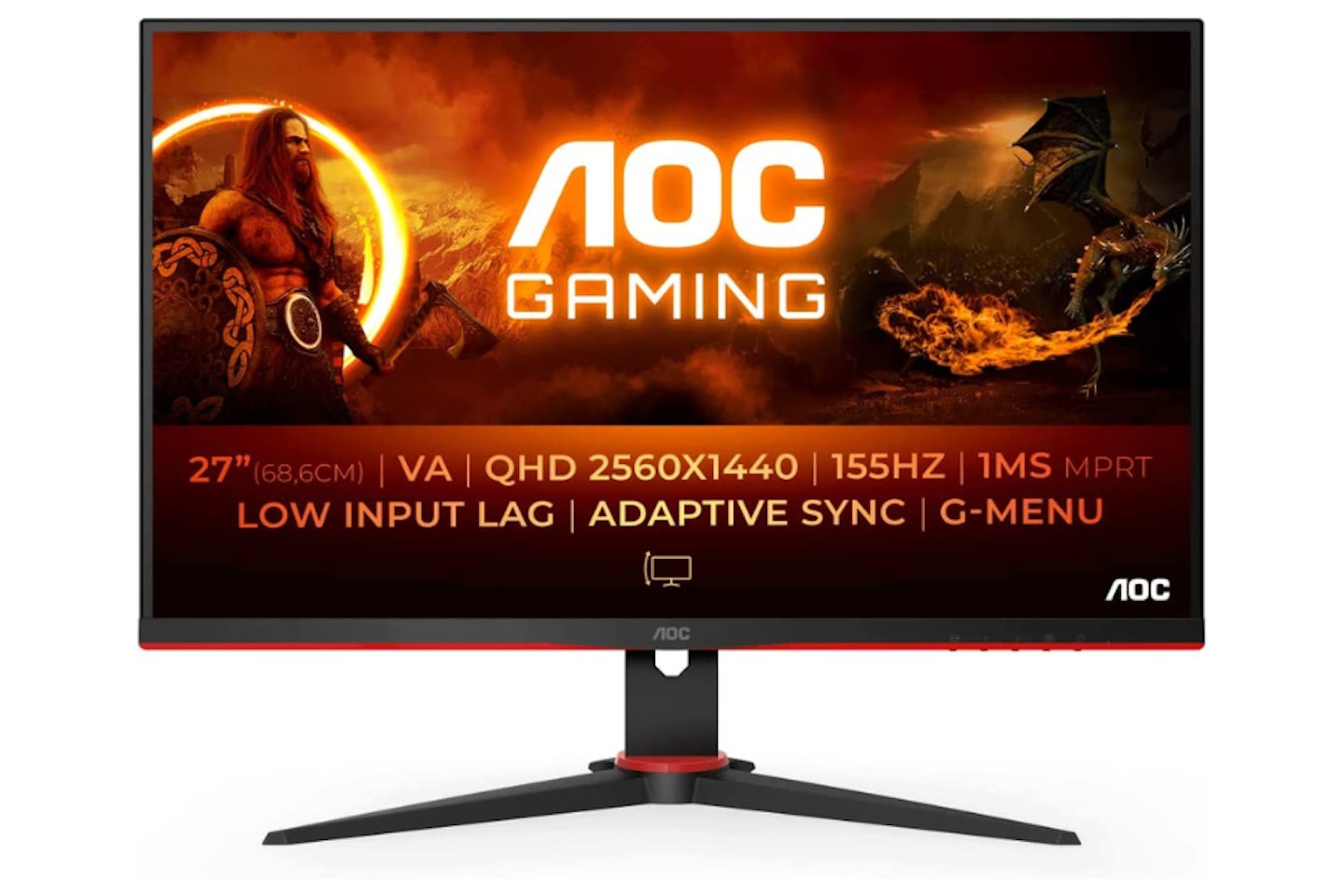
Description
With a 155Hz refresh rate and 1ms response time, the Q27G2E is more than capable of keeping up
Size: 27-inch LED
Resolution: QHD 1440p
Panel: VA
Refresh rate: 155Hz
Response time: 1ms
Sync technology: FreeSync Premium
Connections: HDMI 2.0 x 2, DP 1.2 x 1
Pros:
Versatile
Good colours
Great refresh rate
Cons:
Slightly expensive
120fps on a budget
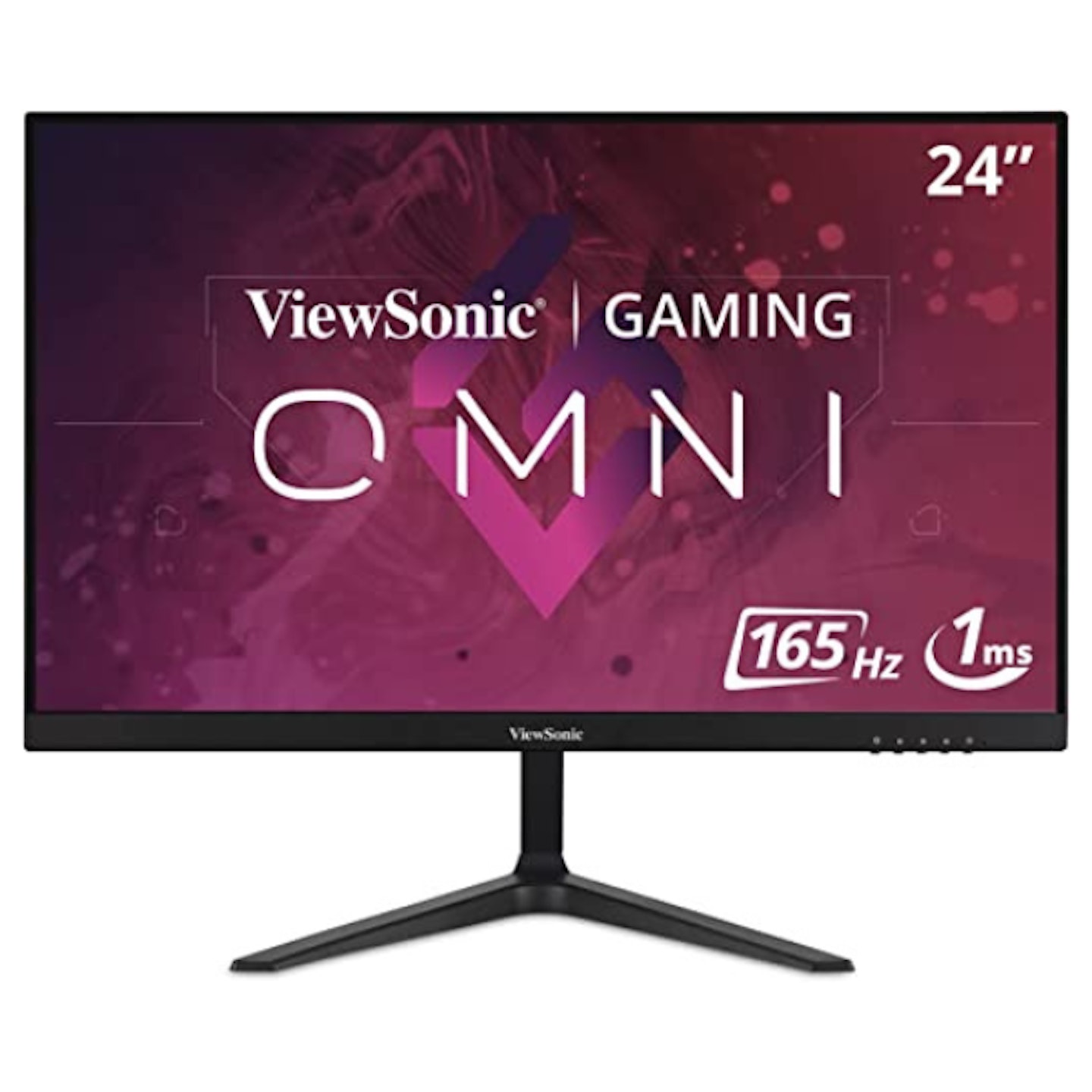
Description
Its name isn't very memorable, but the price tag on the VX2418-P-MHD is sure to turn some heads.
Size: 24-inch LED
Resolution: 1080p
Panel: VA
Refresh rate: 165Hz
Response time: 1ms
Sync technology: FreeSync Premium
Connections: HDMI 1.4 x 2, DP 1.2 x 1, 3.5mm audio out
Pros:
Budget 120fps
Reliable experience
Cons:
Standard 1080p resolution
Underwhelming colours
Best 120Hz curved gaming monitor
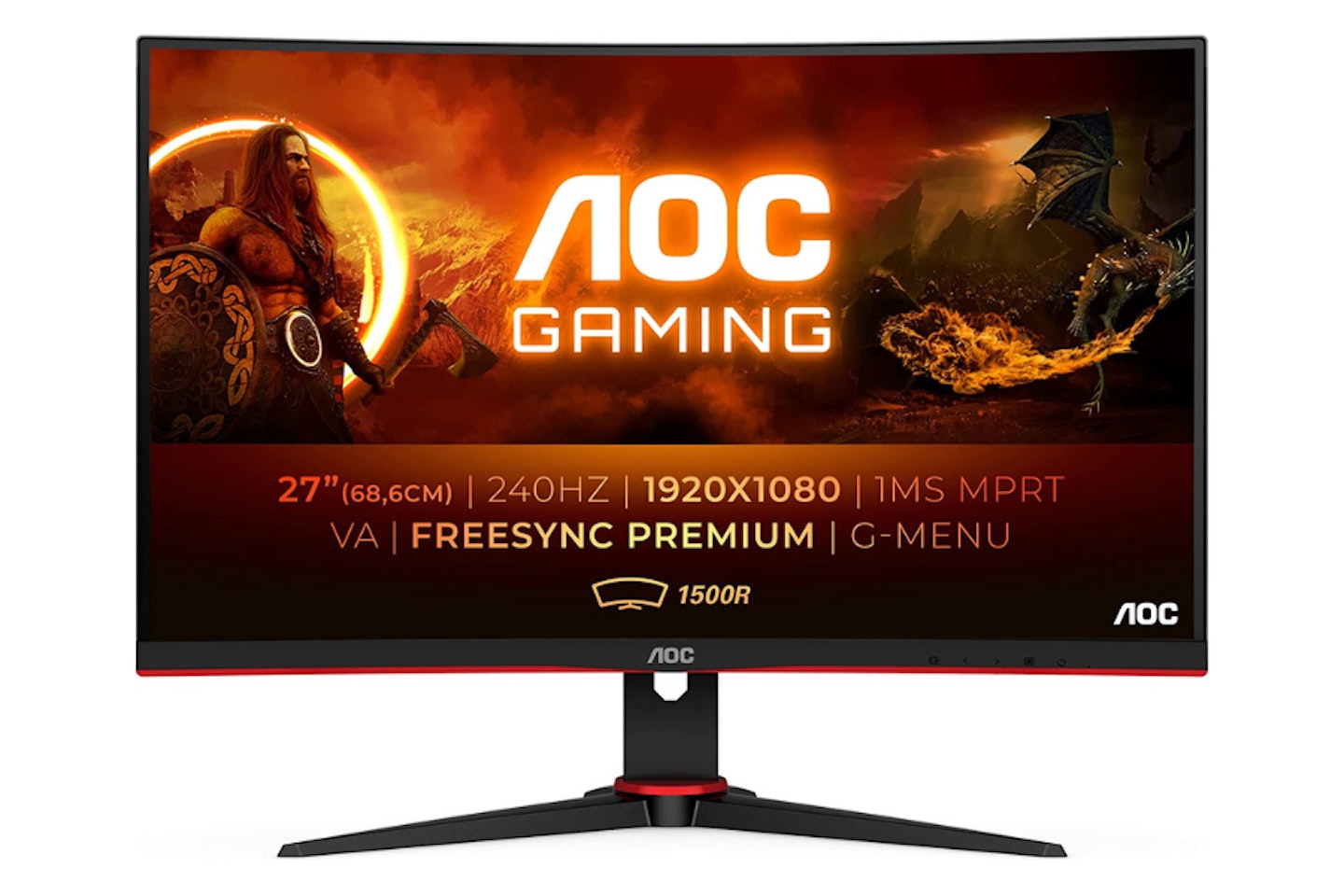
Size: 27-inch LED
Resolution: 1080p
Panel: VA
Refresh rate: 240Hz
Response time: 0.5ms
Sync technology: FreeSync Premium
Connections: HDMI 2.0 x 2, DP 1.2 x 1, USB Hub, 3.5mm audio out
Pros:
Fast refresh rate
Curved for immersion
Cons:
Standard 1080p resolution
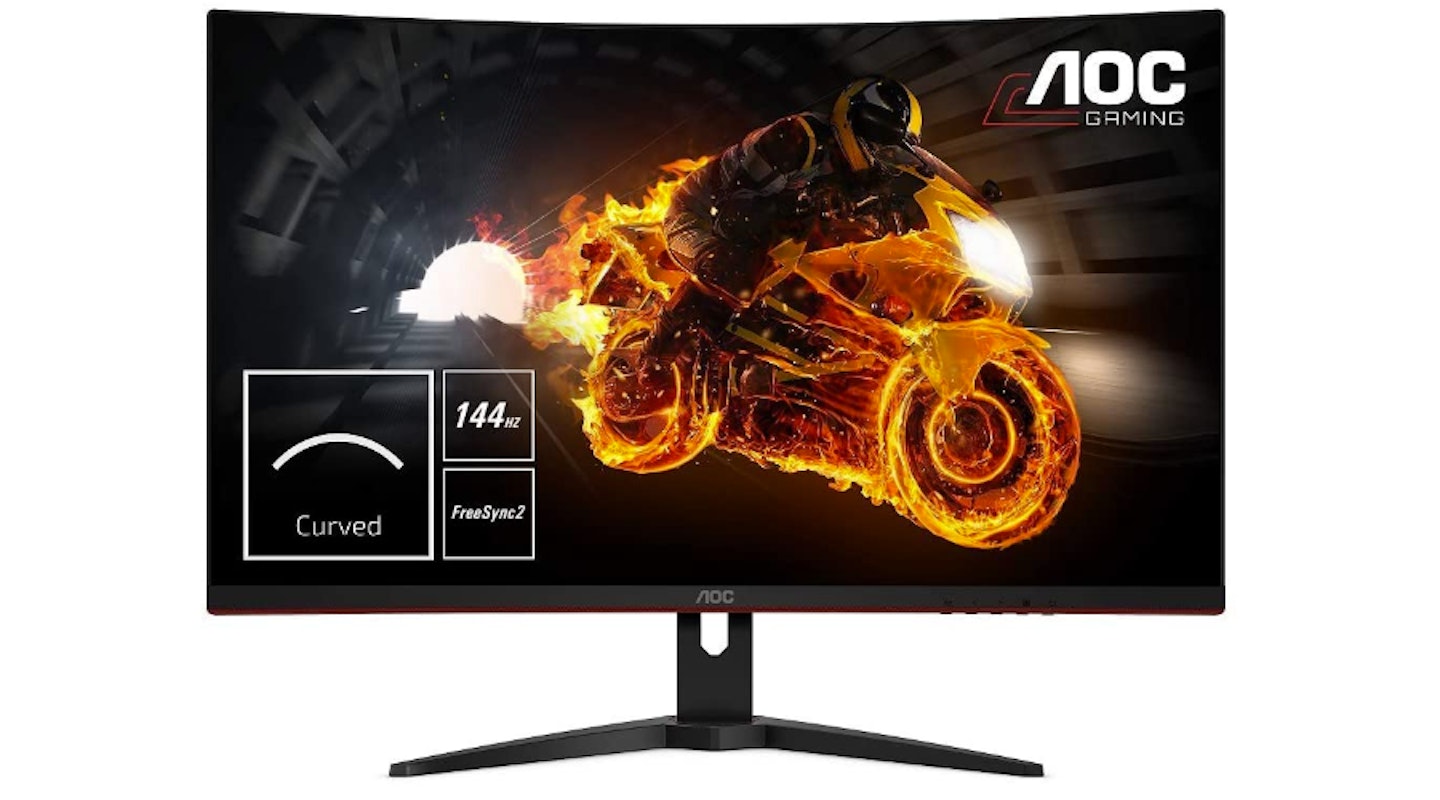
Description
Much like its flat-panelled cousin, the AOC Gaming CQ32G2SE listed above, the C32G2SE carries a
Size: 32-inch LED
Resolution: QHD 1440p
Panel: VA
Refresh rate: 165Hz
Response time: 1ms
Sync technology: FreeSync Premium
Connections: HDMI 2.0 x 2, DP 1.2 x 1, USB 3.0 x 4, 3.5mm audio out
Pros:
Fast refresh rate
Versatile
Curved for immersion
Cons:
Expensive
What we look for in the best PS5 monitors:
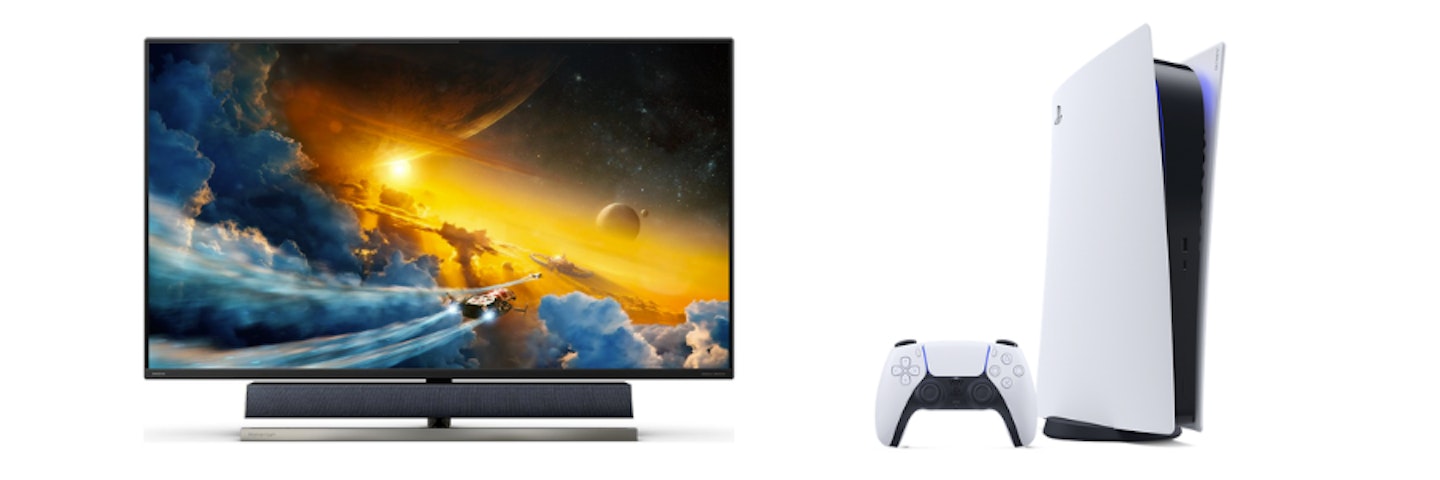
Resolution
The PS5 outputs 1080p Full HD (1920 x 1080), 4K UHD (3840 x 2160) and 8K UHD (7680 x 4320). 1080p is the most accessible resolution, though 4K UHD is increasingly popular as the price of the technology falls to a reasonable level. 8K UHD has yet to be widely adopted, but it is a nice touch of future-proofing.
Besides resolution, the quality of the PS5's output is determined by refresh rate, response time and panel type.
1440p (sometimes called QHD) monitors are very popular with PC gamers as they offer a very sharp mid-point between full-HD and 4K screens, are capable of hitting high refresh rates and are reasonably priced.
Refresh Rate
The refresh rate refers to how many times a screen completely reloads the display every second. It's measured in Hertz (Hz). A 60Hz image will refresh 60 times a second, while a 120Hz screen will refresh 120 times. The higher the refresh rate, the smoother the image – low refresh rates can make fast-paced content appear to drag, stutter and jolt.
The significance of a monitor's refresh rate is demonstratable by the fact that many gamers prefer to game at 1080p/60Hz or 1080p/120Hz, rather than 4K/30Hz.
The refresh rate of the PS5 varies depending on its resolution settings and the specification of the TV or monitor output.
Response Time
Response time measures the speed at which a pixel can change colour. Measured in milliseconds (ms), gaming monitors typically sit under 5ms, with the very best clocking at 1ms. A response time works closely with the refresh rate to ensure that images are free from ghosting and blur. So, the lower the number, the better - especially for fast-paced games.
Panel
Not all LCD panels are created equal. There are three main types of panels used in the manufacture of monitors, each with its costs and benefits.
Twisted nematic (TN) panels are affordable and carry impressive response times and refresh rates. However, they often have limited colour depth and restrictive viewing angles.
In-plane switching (IPS) panels have arresting colour depths and wide viewing angles. This quality of image can sacrifice response time and price. IPS panels are also known to glow.
Vertical alignment (VA) panels have a colour depth and viewing angle sitting between TN and IPS. On affordable options, the response times tend to be less than impressive.
VA panels are commonly found in curved monitors. Curved monitors also introduce a radius code into the mix - such as 1500R or 1800R - this references the depth of the curve. Read more on this at the bottom of the page.
HDMI, DisplayPort, Resolution and Refresh Rate: A Quick Reference Guide
Port interfaces have a direct effect on the resolution and refresh rate attainable by a monitor. More recent iterations of the HDMI and DisplayPort interfaces can transfer larger volumes of information, allowing for higher refresh rates and resolutions to be achieved.
Linking your gaming PC, PS5 or Xbox Series X to the correct port and with the right cable will ensure that your monitor performs at the peak of its power. Here’s a quick guide breaking down the maximum refresh rates and resolutions for HDMI and DisplayPort connections:
HDMI 1.4 - 120Hz at 1080p, 75Hz at 1440p, 30Hz at 4K
HDMI 2.0 - 240Hz at 1080p, 144Hz at 1440p, 60Hz at 4K
HDMI 2.1 - 120Hz at 4K, 60Hz at 8K UHD
Note: Some manufacturers use software to artificially raise the 120Hz at 1080p of HDMI 1.4 to 144Hz.
DP 1.2 - 240Hz at 1080p, 165Hz at 1440p, 75Hz at 4K
DP 1.3 - 240Hz at 1440p, 120Hz at 4K, 60Hz at 5K, 30Hz at 8K
DP 1.4 - 144Hz at 4K, 120Hz at 5K, 60Hz at 8K
Note: Mini DisplayPorts match the performance of their iteration. For example, Mini DP 1.3 and DP 1.3 offer the same capacities.
PS5 Audio When Using A Monitor
Many monitors have built-in speakers, but they are typically sub-par - you should avoid using them. Monitor speakers are small and underpowered, delivering little bass and poor volume. There are some exceptions to this rule, with monitors like the Philips 558M1RY carrying a B&W soundbar and woofer, but such quality is usually few and far between.
Thankfully, most decent gaming monitors have a 3.5mm audio-out connection that allows you to connect external PC speakers, headphones or a soundbar. Just note that listening to the audio through a monitor will restrict you to stereo audio.
One exciting feature of the PS5 is its impressive 3D sound engine, called Tempest Engine, which provides immersive surround sound to draw you deeper into a video game. If you’re using the PS5 with a monitor, the best audio experience is found by plugging a set of headphones into the DualSense controller audio port or, for wireless connectivity, using a Sony Pulse 3D headset.
1800R, 1500R: Monitor Curves Explained
The curve of a monitor panel is reported as a number, followed by “R”. The number is millimetres while the R stands for radius, and together they tell you the radius of the screen if it were to continue round into a full circle. For example, 1800R means a radius of 1800mm.
But for gamers, the maths doesn't matter - all you need to know is that the millimetres tell you how far away to sit away from the screen to get the perfect viewing experience. So, a 1800R monitor will look best if you sit 1.8 meters (or 70.8 inches) away from the screen. Be sure to sit centred on the screen - exceeding and undercutting the distance and sitting off at an angle can result in a compromised experience.
But which curve is best? 1800R is widely seen as the sweet spot for curved gaming monitors, as the radius is very close to the natural curvature of the eye, and therefore feels natural to view. However, sometimes the best curve is dictated by the space available. If you don't have room to sit 1.8m from the monitor, a 1800R product isn't right for you.
Though curved monitors take a little more planning than flat-panel options, they can provide excellent experiences.
To find out more about curved monitors, visit the comprehensive guide from ViewSonic.
